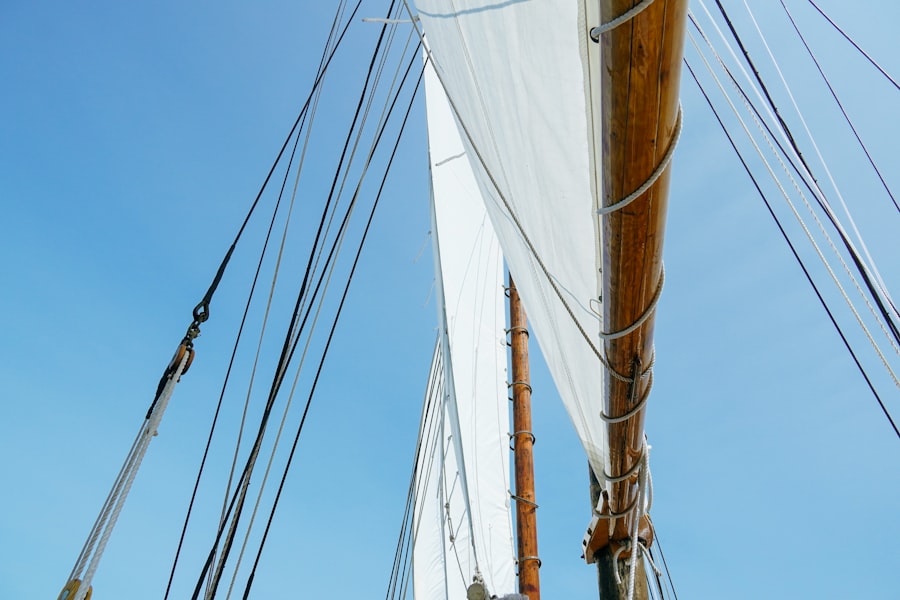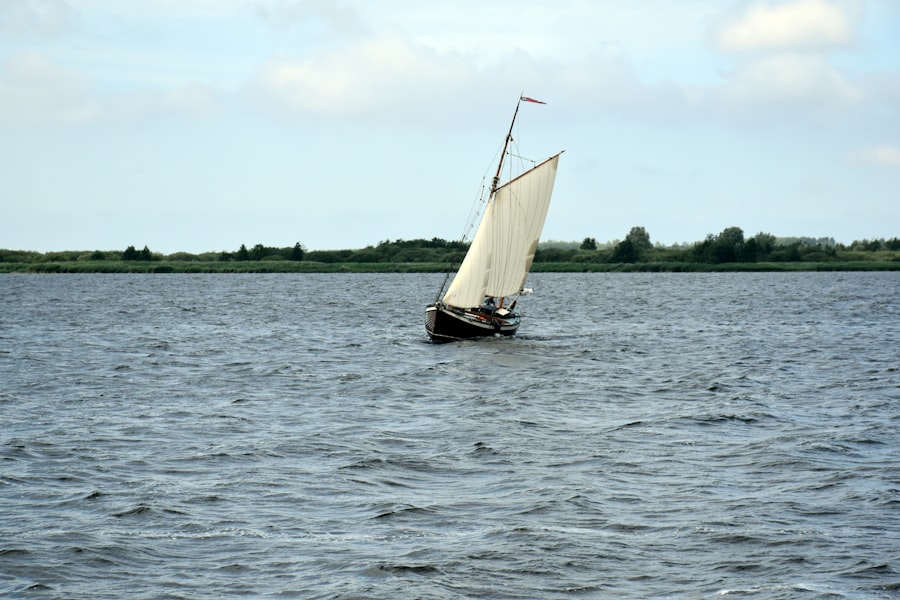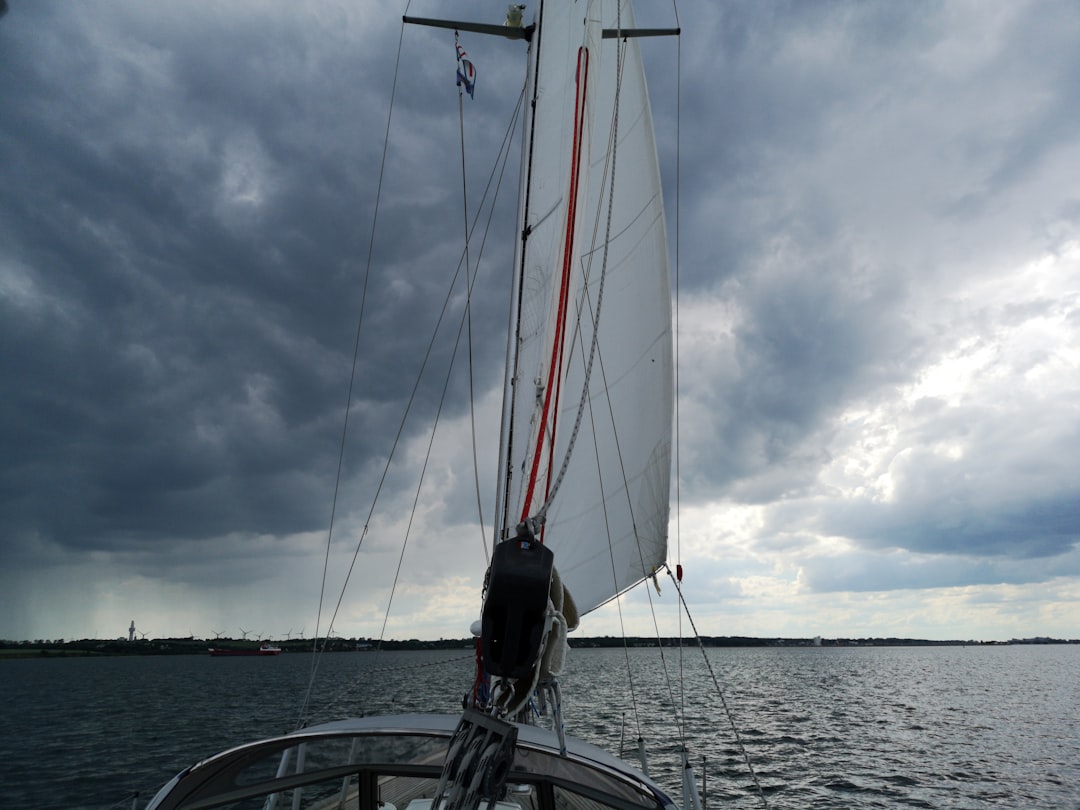The Drake Passage, a body of water that separates South America from Antarctica, is renowned for its tumultuous seas and breathtaking vistas. Named after the English explorer Sir Francis Drake, this passage is often regarded as one of the most challenging maritime routes in the world. Stretching approximately 600 kilometers (370 miles) between Cape Horn and the Antarctic Peninsula, it serves as a vital conduit for vessels venturing to the icy continent.
The passage is not only significant for its geographical location but also for its unique ecological and climatic conditions, which have fascinated explorers, scientists, and adventurers alike. Navigating the Drake Passage is an experience that many travelers dream of undertaking. The waters are known for their unpredictable weather patterns, with strong winds and high waves that can make the journey both exhilarating and daunting.
However, the allure of witnessing the pristine beauty of Antarctica and its diverse wildlife draws countless adventurers each year. As one embarks on this journey, they are not merely crossing a stretch of ocean; they are entering a realm where nature reigns supreme, and the spirit of exploration is alive and well.
Key Takeaways
- The Drake Passage is a treacherous body of water between South America’s Cape Horn and the South Shetland Islands of Antarctica.
- When preparing for a journey across the Drake Passage, it’s important to pack warm, waterproof clothing, seasickness medication, and binoculars for wildlife spotting.
- Departing from Ushuaia, the southernmost city in the world, marks the beginning of the adventure across the Drake Passage.
- Crossing the Drake Passage can be a challenging experience due to its notorious rough seas and strong winds.
- Wildlife spotting in the Southern Ocean offers the opportunity to see a variety of marine life, including whales, seals, and seabirds.
Preparing for the Journey: What to Pack
Preparation is key when embarking on a voyage across the Drake Passage. The unpredictable weather conditions necessitate careful consideration of what to pack. Travelers should prioritize layering their clothing to accommodate fluctuating temperatures.
A waterproof outer layer is essential, as rain and snow can occur unexpectedly. Insulated jackets, thermal base layers, and moisture-wicking fabrics will ensure comfort during the journey. Additionally, sturdy waterproof boots are crucial for navigating wet decks and icy terrain upon arrival in Antarctica.
Beyond clothing, packing essentials such as sunscreen and lip balm is often overlooked but equally important. The sun’s rays can be particularly intense in polar regions, reflecting off the ice and water. Binoculars for wildlife spotting, a good camera to capture the stunning landscapes, and a journal for documenting experiences are also recommended.
Travelers should not forget personal medications and seasickness remedies, as the Drake Passage can be notorious for its rough waters. By preparing adequately, adventurers can focus on enjoying the journey rather than worrying about their comfort.
Day 1: Departure from Ushuaia

The adventure begins in Ushuaia, Argentina, often referred to as the southernmost city in the world. As travelers gather at the port, excitement fills the air. The vibrant colors of the city’s buildings contrast beautifully with the surrounding mountains and sea, creating a picturesque backdrop for the start of this remarkable journey.
After boarding the vessel, passengers are greeted by the crew and given a safety briefing that outlines what to expect during their time at sea. As the ship sets sail, the stunning landscapes of Tierra del Fuego begin to fade into the distance. Passengers gather on deck, taking in the breathtaking views of rugged coastlines and glistening waters.
The atmosphere is electric with anticipation as they leave behind civilization and head toward one of the most remote places on Earth. The ship’s crew often shares stories about the history of the region and what lies ahead, further igniting the sense of adventure that permeates the air.
Day 2: Crossing the Drake Passage
| Metrics | Day 2: Crossing the Drake Passage |
|---|---|
| Distance Traveled | 400 nautical miles |
| Weather Conditions | Strong winds and rough seas |
| Wildlife Sightings | Several albatross and petrels |
| Activities | Onboard lectures and birdwatching |
The second day marks the beginning of the actual crossing of the Drake Passage. As dawn breaks, passengers awaken to find themselves surrounded by vast open waters. The ship gently rocks as it navigates through the waves, a reminder of nature’s power.
For many, this day can be a test of endurance as they experience firsthand the unpredictable conditions that characterize this famous passage. Some may find themselves feeling queasy, while others embrace the thrill of being at sea. Throughout the day, passengers are encouraged to attend lectures and presentations by onboard naturalists who share insights about the marine life and geography of the region.
These educational sessions provide context for what travelers might encounter in the days to come. As evening approaches, many gather on deck to witness a stunning sunset over the horizon, painting the sky in hues of orange and pink—a moment that serves as a reminder of nature’s beauty even amidst challenging conditions.
Day 3: Wildlife Spotting in the Southern Ocean
As the ship continues its journey through the Southern Ocean on Day 3, excitement builds among passengers eager to spot wildlife. The waters teem with life, and keen eyes are rewarded with glimpses of various species. Albatrosses glide gracefully alongside the vessel, their massive wingspans allowing them to soar effortlessly over the waves.
Passengers are often captivated by these magnificent birds, which symbolize freedom in this remote part of the world. In addition to seabirds, there is a chance to spot marine mammals such as dolphins and whales. The thrill of seeing a humpback whale breach or a pod of playful dolphins swimming alongside the ship creates an unforgettable experience for those on board.
Naturalists onboard share fascinating facts about these creatures, enhancing passengers’ appreciation for their beauty and importance in this delicate ecosystem. Each sighting becomes a shared moment of joy among travelers, fostering connections that will last long after they return home.
Day 4: Approaching the Antarctic Peninsula

On Day 4, anticipation reaches a fever pitch as travelers approach the Antarctic Peninsula. The landscape begins to transform dramatically; towering icebergs emerge from the water, their brilliant blue hues contrasting against the stark white snow. As they draw closer to land, passengers can hardly contain their excitement at being on the brink of one of Earth’s last frontiers.
The ship navigates through narrow channels flanked by colossal glaciers that seem to stretch endlessly into the horizon. As they enter Antarctic waters, passengers are reminded of the importance of preserving this pristine environment. Naturalists provide insights into ongoing conservation efforts and discuss how climate change is impacting this fragile ecosystem.
This knowledge deepens travelers’ appreciation for their surroundings and reinforces their responsibility as stewards of nature. The day culminates in breathtaking views as they anchor near one of Antarctica’s many islands, ready to explore its wonders.
Day 5: Exploring the Antarctic Peninsula
Day 5 marks a highlight of the journey as travelers disembark to explore the Antarctic Peninsula up close. Zodiacs are launched from the ship, allowing small groups to navigate through icy waters and land on remote shores. The thrill of stepping onto Antarctic land is palpable; each passenger feels a sense of awe as they set foot on this untouched wilderness.
The landscape is surreal—snow-covered mountains rise dramatically from glacial plains, while seals bask lazily on ice floes nearby. Wildlife encounters abound during these excursions. Passengers may find themselves face-to-face with curious penguins waddling along the shore or seals lounging on icebergs.
The opportunity to observe these animals in their natural habitat is both exhilarating and humbling. Naturalists guide each excursion, sharing insights about local species and their behaviors while ensuring that all interactions remain respectful and non-intrusive. Each moment spent exploring this extraordinary environment becomes etched in memory—a testament to nature’s grandeur.
The Return Journey: Crossing the Drake Passage Again
As their time in Antarctica comes to an end, travelers begin their return journey across the Drake Passage. While some may feel a tinge of sadness at leaving this remarkable place behind, others are eager to share stories and reflect on their experiences with fellow adventurers. The ship sets sail once more into open waters, where familiar waves greet them with both comfort and challenge.
The return crossing often provides another opportunity for wildlife spotting; passengers may catch sight of seabirds soaring overhead or even glimpse whales breaching in the distance. Onboard activities continue as naturalists lead discussions about what was witnessed during their time in Antarctica and how it relates to broader environmental issues facing our planet today.
Tips for Sailing the Drake Passage
Sailing across the Drake Passage can be an unforgettable experience if approached with preparation and an open mind. One essential tip is to embrace flexibility; weather conditions can change rapidly, affecting itineraries and activities planned during the journey. Being adaptable allows travelers to make the most out of every situation while enjoying unexpected moments along the way.
Another important consideration is maintaining a positive attitude throughout potential rough patches at sea. Many passengers find that engaging with fellow travelers or participating in onboard activities helps distract from any discomfort caused by motion sickness or turbulent waters. Staying hydrated and consuming light meals can also alleviate symptoms for those prone to seasickness.
The Importance of Sailing the Drake Passage
Sailing through the Drake Passage holds significance beyond mere adventure; it serves as a gateway to understanding our planet’s ecosystems and climate challenges. This journey allows travelers to witness firsthand how fragile environments like Antarctica are impacted by human activity and climate change. By experiencing these remote landscapes up close, individuals often return home with a renewed sense of responsibility toward conservation efforts.
Moreover, crossing this iconic passage fosters connections among travelers from diverse backgrounds who share a common goal: exploring one of Earth’s last frontiers together. These shared experiences create lasting bonds that transcend geographical boundaries while inspiring collective action toward protecting our planet’s natural wonders for future generations.
Reflecting on the Adventure
As travelers disembark back in Ushuaia after their incredible journey across the Drake Passage and into Antarctica, they carry with them memories that will last a lifetime. Each moment spent navigating turbulent waters or exploring pristine landscapes has left an indelible mark on their hearts and minds. Reflecting on this adventure evokes feelings of gratitude for nature’s beauty and resilience while igniting a passion for environmental stewardship.
The experience serves as a reminder that exploration is not just about reaching distant shores; it is also about understanding our place within nature’s intricate web. As they return home with stories to share and lessons learned from their time at sea and on land, these adventurers become ambassadors for conservation—spreading awareness about our planet’s wonders while inspiring others to embark on their own journeys into uncharted territories.
Sailing the Drake Passage is a formidable journey that many adventurers dream of undertaking. This treacherous stretch of water between the southern tip of South America and Antarctica is known for its unpredictable weather and rough seas. The time it takes to sail across the Drake Passage can vary significantly depending on the conditions, but it typically ranges from two to four days. For those interested in learning more about the challenges and experiences of navigating this infamous route, you might find this related article insightful: Sailing the Drake Passage: A Journey to the Edge of the World. This article delves into the intricacies of the voyage and offers tips for those considering the adventure.
WATCH NOW! Drake Passage: Earth’s Deadliest Waters Revealed
FAQs
What is the Drake Passage?
The Drake Passage is the body of water between the southern tip of South America and the northern tip of the Antarctic Peninsula. It is known for its rough seas and challenging sailing conditions.
How long does it take to sail the Drake Passage?
The duration of a sailing journey across the Drake Passage can vary depending on weather conditions, the size and speed of the vessel, and the specific route taken. On average, it takes about 2-3 days to sail across the Drake Passage.
What factors can affect the duration of a sailing journey across the Drake Passage?
Weather conditions, including wind and waves, can significantly impact the duration of a sailing journey across the Drake Passage. Additionally, the size and speed of the vessel, as well as the specific route taken, can also affect the duration of the journey.
What is the best time of year to sail the Drake Passage?
The best time of year to sail the Drake Passage is during the austral summer, which runs from November to March. During this time, the weather is relatively milder, and there is more daylight, making for a more comfortable and safer sailing experience.
Are there any safety considerations when sailing the Drake Passage?
Sailing the Drake Passage can be challenging and potentially dangerous due to its rough seas and unpredictable weather. It is important for sailors to be well-prepared, have a sturdy and seaworthy vessel, and to closely monitor weather forecasts and sea conditions. Additionally, it is recommended to have experienced crew and to follow all safety protocols.
